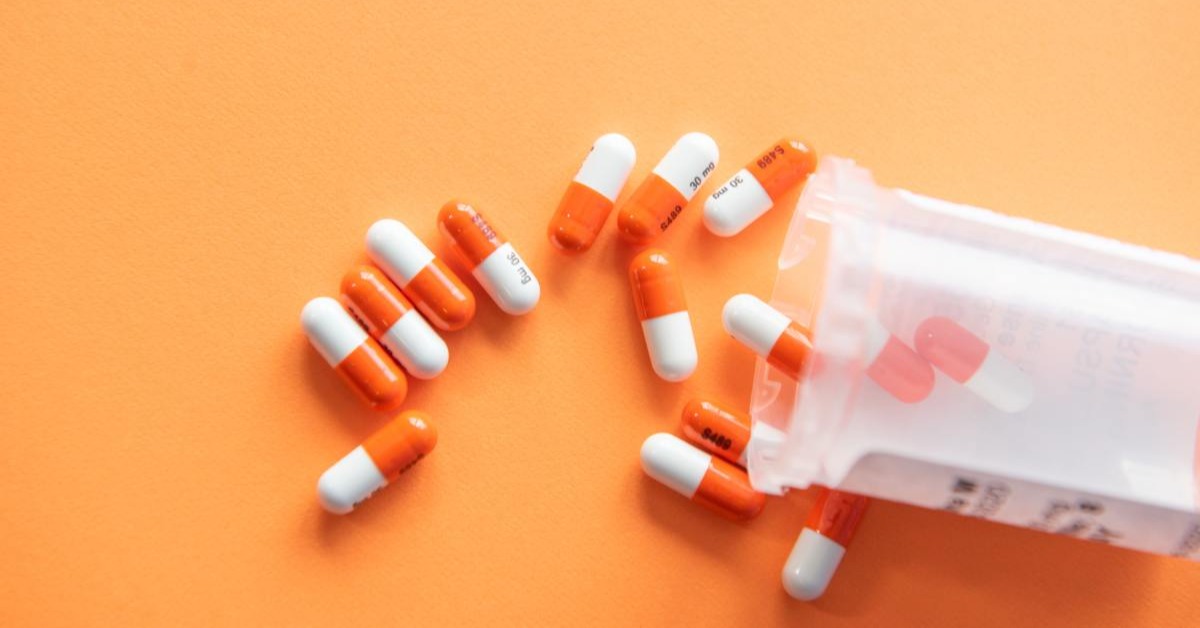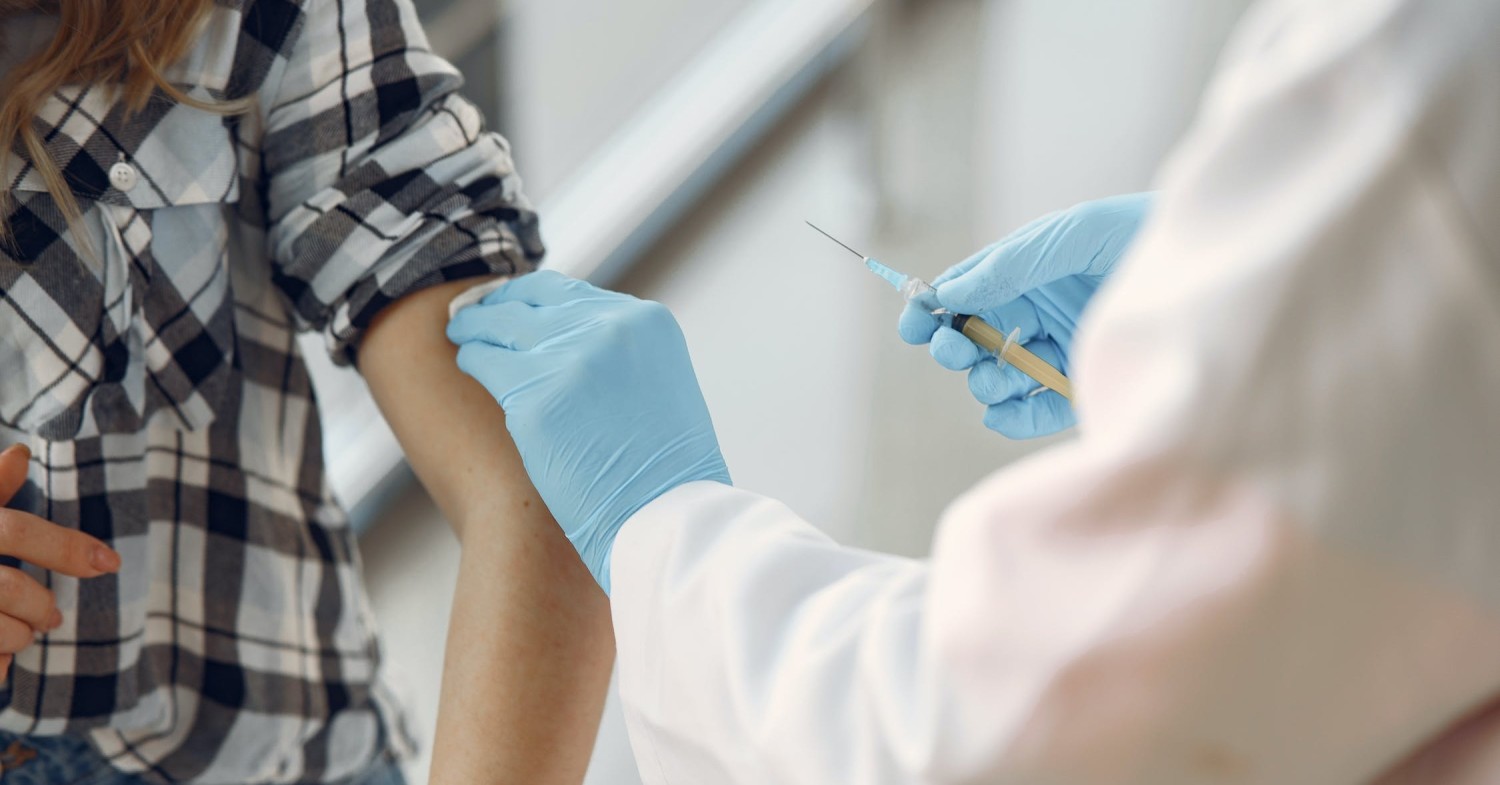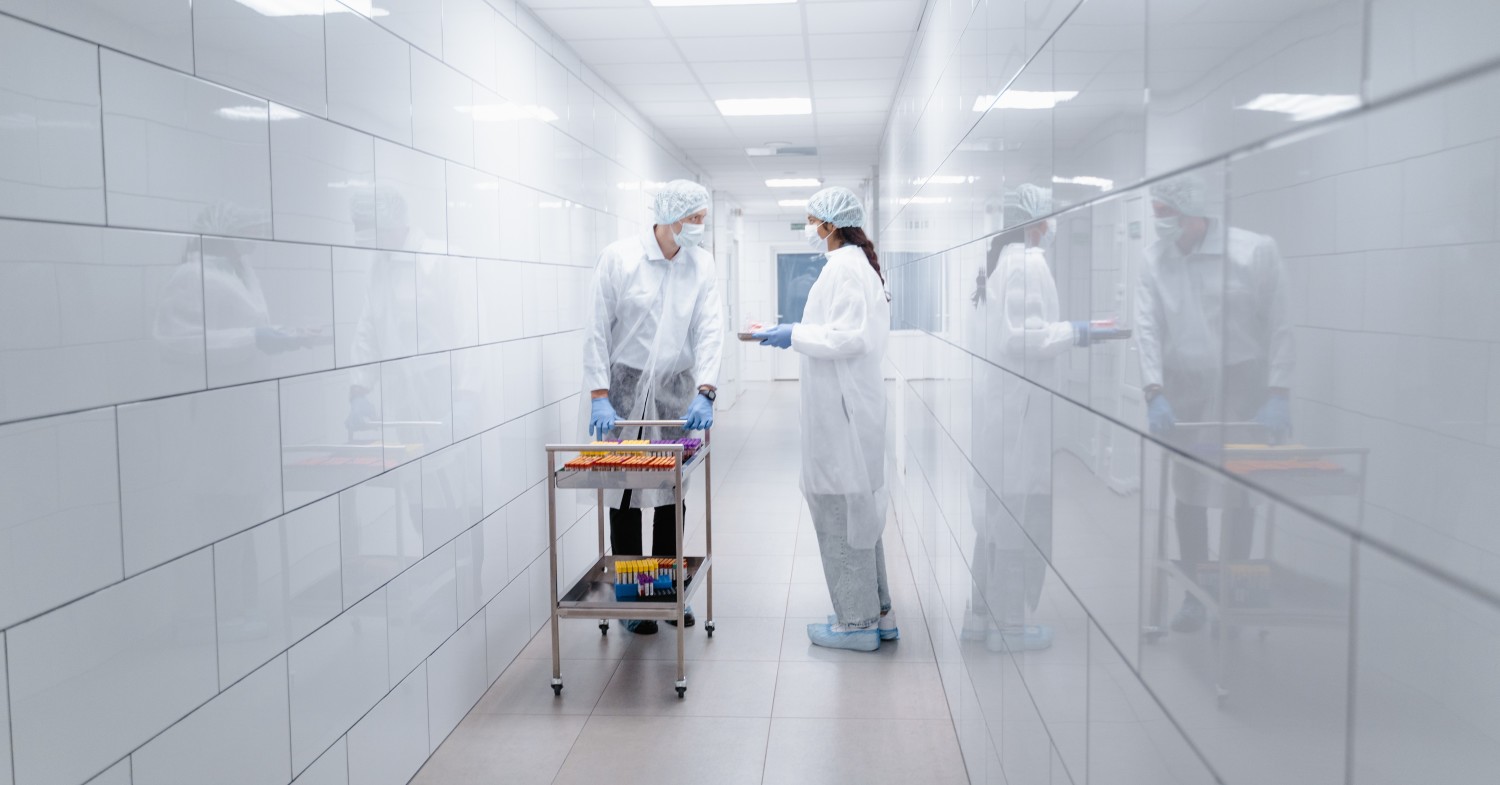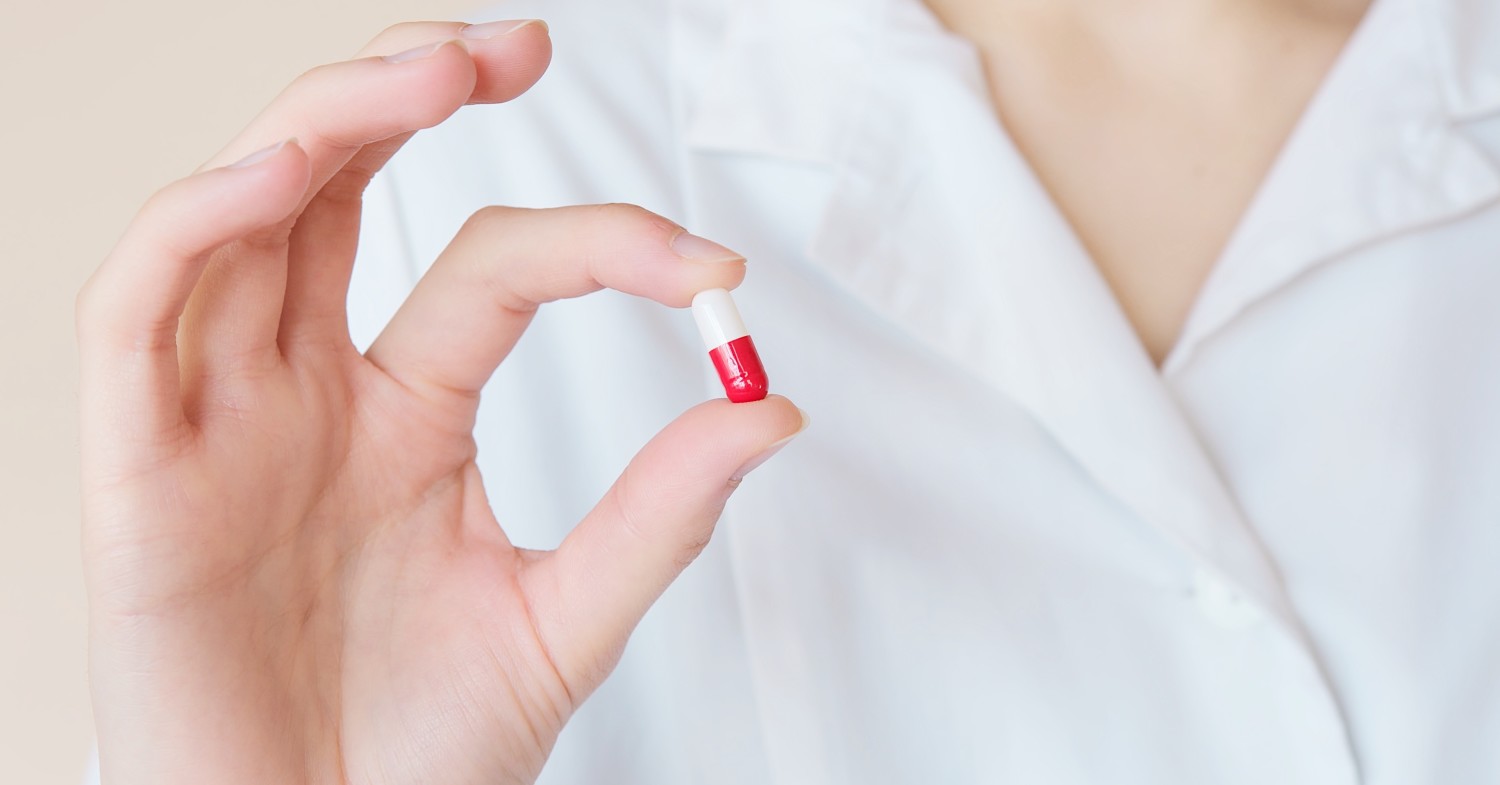
What is a 6-Year BS/PharmD Program?
Becoming a pharmacist requires a good deal of schooling: a [...]
This website may earn a commission if you make a purchase after clicking on a product link in this article
Are you starting out or already on the road to becoming a pharmacist? You’ve spent, what, four or five years as a college student, another four or so years in pharmacy school, and now you’re finally — finally! — on your way to realizing your dream, putting on that white coat, and stepping behind the counter as a pharmacist.
Only one thing stands in your path: you need to get your pharmacist’s license first. Every state requires you to pass a specific examination, called the North American Pharmacist Licensure Examination, or NAPLEX, to ensure that you are competent and knowledgeable in the field of pharmacy. Most states also require you to pass the Multistate Pharmacy Jurisprudence Examination (MPJE), which covers state and federal legal, regulatory, and licensure information that pharmacists must know.
What the NAPLEX is meant to do is to assess your competency as a pharmacist, and every prospective pharmacist must take it. The test seeks to assess whether the candidate:
The 2015 exam costs $505, and like all standardized tests, there are limited and specific conditions in which you can get a partial refund on this fee in the event you need to cancel or reschedule.
The NAPLEX is a 185-question computer-based examination that is offered in special testing centers around the U.S. The test runs for about four hours and fifteen minutes (with a ten-minute break that can be taken at your own discretion). All of the questions have multiple-choice responses, and only 150 of the 185 questions actually count towards your final score — the remaining 35 are “trial questions” and provide the basis for next year’s NAPLEX exam. There is no way to distinguish which questions will be scored and which will not, so you needn’t try.
The NAPLEX is a “computer-adaptive test,” or CAT, meaning that your response to one question will determine the type of question that appears next. The level of difficulty of each question increases until you start to get questions wrong. You must answer each question in order to move on to the next one, so you won’t be able to skip around on the exam.
There are no distinct test sections, but the types of questions can be divided into two different groups: K-type questions and regular questions. If you’re unsure what a K-type question is, you’ve probably heard of it before — it asks “Which one is true?” (e.g., “I only” or “I and III only”). By contrast, the regular style questions start with a practical scenario and then pose a question based on it.
The NAPLEX is broken down into several categories:
Area I: Assess Pharmacotherapy to Assure Safe and Effective Therapeutic Outcomes (about 56 percent of the exam)
Area II: Assess Safe and Accurate Preparation and Dispensing of Medication (about 33 percent of the exam)
Area III: Assess, Recommend, and Provide Health Care Information That Promotes Public Health (about 11 percent of the exam)
These categories are described in greater detail at the National Association of the Boards of Pharmacy.
The NAPLEX is scored on a 0–150 scale, and testers must earn a 75 or higher to pass the exam. This figure is not a percentage; rather, it is independently calculated using an algorithm based on a rolling average of test results from among other test takers. A result of 75 will generally translate to getting approximately 60 percent of test questions correct — which is, fortunately, all you need to pass.
Test-takers who don’t pass, however, must wait 91 days before retaking the exam, and the number of times you are permitted to sit for the NAPLEX is limited to five in most cases. If you are considering retaking the NAPLEX, review this FAQ{: target=”_blank” } to determine the rules that apply to your circumstances.
In order to sign up for the NAPLEX, you need to first make an account with Pearson VUE. Once you’ve created your profile, you’ll also want to:
confirm that you have met the requirements of the pharmaceutical board where you are seeking a license, which you can do by contacting the appropriate body in each jurisdiction.
register for the exam with NABP.
pay the exam fee.
request testing accommodations, if necessary, by using the link under the “Programs and Services” tab to select the service you are requesting.
once the pharmacy board in which you are seeking licensure confirms your eligibility to NABP, you will receive an “Authorization to Test (ATT)” letter that includes important scheduling and site information about your exam.
If all of this sounds confusing, that’s because it is! Fortunately, it’s all laid out for you on the NABP website.
What about test prep? Like most standardized tests, you’re going to need to dedicate a considerable amount of time to prepare yourself for this exam. Many students estimate that three to four weeks of intense studying is required — but only if you dedicate at least 30 hours per week to the effort. There are both courses and tutors available to work with students in groups or individually.
As for textbook suggestions, consider the RxPrep Course Book to familiarize yourself with the material, and the RxPrep Question Test Bank to truly apply what you know. Passing the NAPLEX requires thorough knowledge of pharmacy concepts, as well as the ability to apply them to the types of questions you’ll encounter. Students must read the RxPrep Course Book repeatedly and thoroughly — and I mean very thoroughly — as well as use notes and flashcards to help with the extensive memorization that is required. Since you will also need to do calculations on the exam, it’s helpful to check out some problem sets that are available on sites like The Student Doctor Network.
In terms of a general test-taking strategy, it’s helpful to understand that computer-adaptive tests have a known weakness: If you answer the first block of easy- and medium-difficulty questions correctly, the program sets your accuracy — and therefore your overall score — at a much higher level. The algorithm will then give you several high-difficulty questions to determine the upper range you are likely to score at. This vulnerability is one students can capitalize on by being very accurate during the first half of the exam.
_To learn more about this type of testing, which is used on the Graduate Management Admissions Test (GMAT), read this article, “How to Take the GMAT.”_
_Still considering pharmacy school? Follow this link to discover the best pharmacy school for you._
Questions or feedback? Email editor@noodle.com

Becoming a pharmacist requires a good deal of schooling: a [...]

The highest paying pharmacists jobs are in-store pharmacist (average salary: [...]

In inpatient healthcare settings, hospital pharmacists help provide quality patient [...]

To become a pharmacist, you need to earn a Doctor [...]

To practice as a pharmacist, you must earn a Doctor [...]
Categorized as: Medicine, Nursing & Healthcare